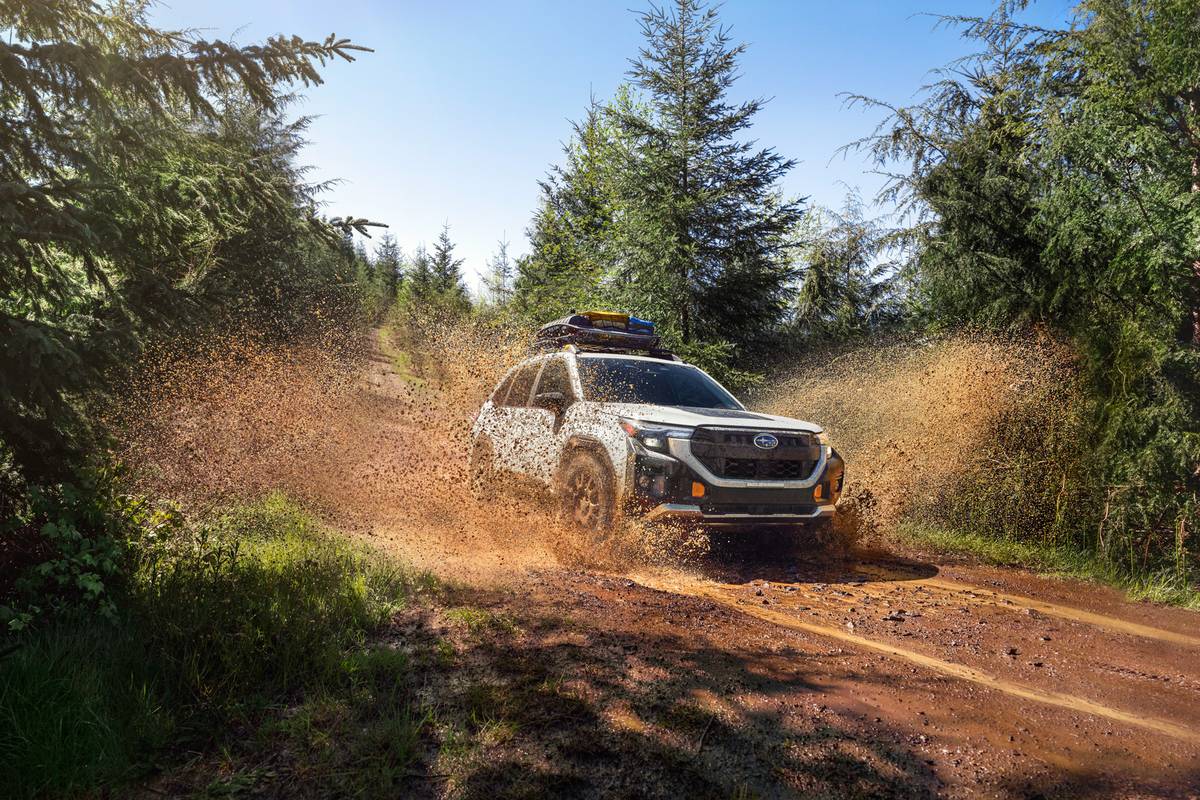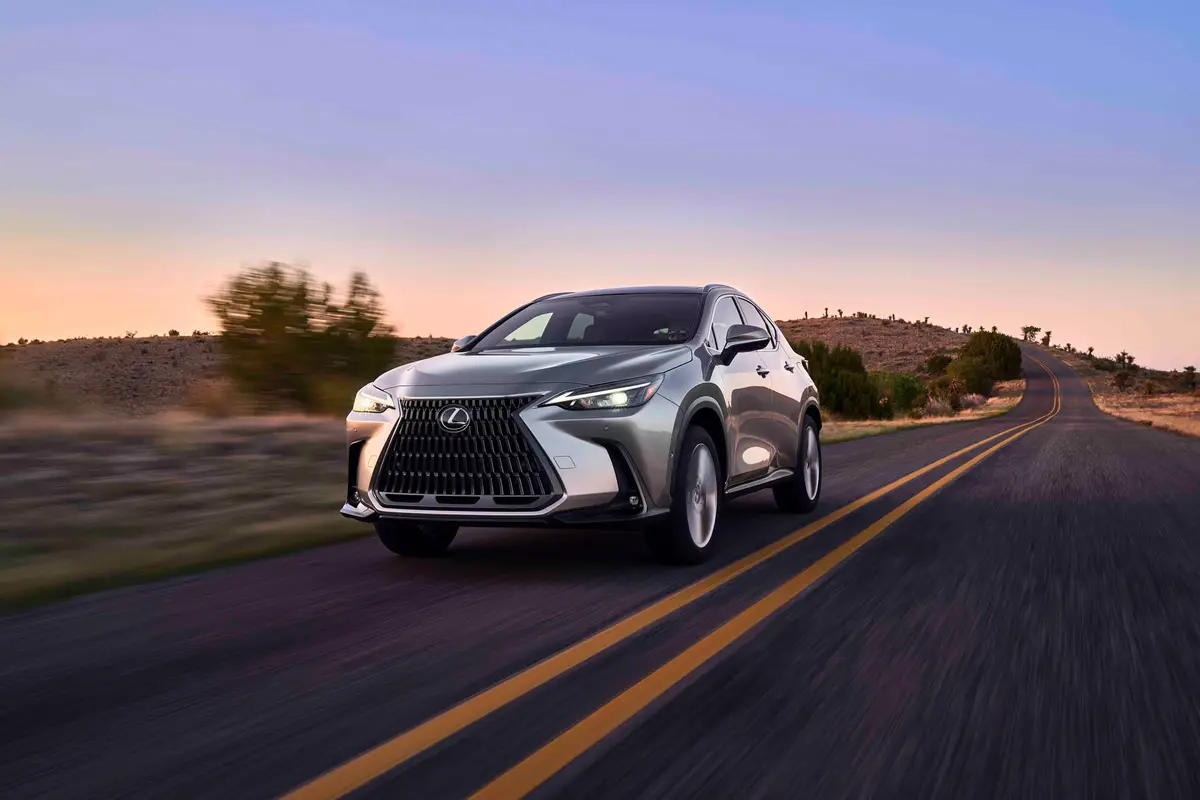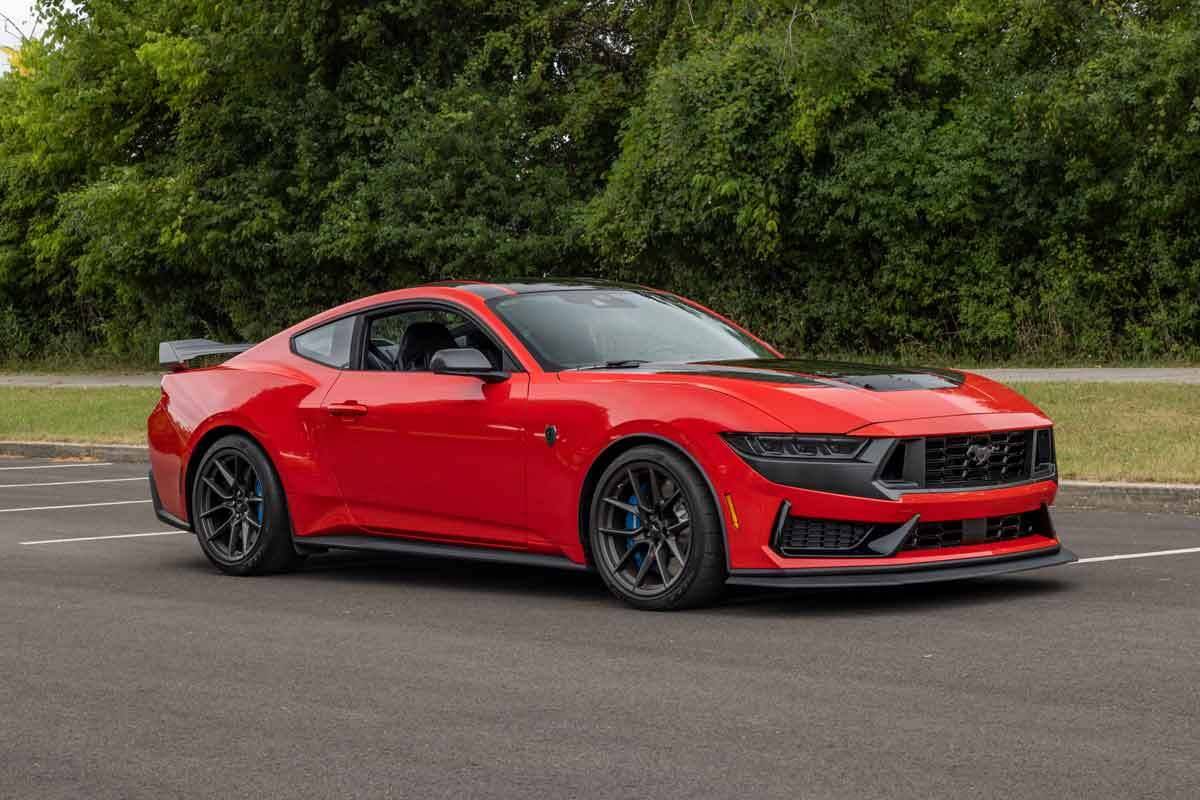The Morning Call and Mcall.com's view
When it comes to hybrid vehicles, the color to think of is green.
After all, these vehicles use less fuel than their conventional-powered siblings, and they emit less harmful pollutants as a result. All this requires little sacrifice on the part of the owners, who can drive the same vehicles they currently do.
Hybrid vehicles pair a small electric motor with a regular gas engine. Toyota’s system, dubbed ”Hybrid Synergy Drive” uses a small electric motor to power the vehicle until around 15 mph. After that the motor works in tandem with the gas engine, shutting off at highway speeds unless some extra power is needed.
The electric motor also shuts the vehicle down when it would otherwise be idling in stop-and-go traffic. The motor restarts the vehicle instantly upon acceleration. The battery pack that furnishes the electric motor’s power never needs plugging in, as energy captured during braking helps recharge it.
Sounds green, right?
Well, the Toyota Highlander Hybrid 4WD SUV I drove last week didn’t quite live up to its billing, returning a good, but hardly great, 20.1 mpg. The EPA rates this hybrid vehicle at 31 mpg city, 27 mpg highway, with a combined rating off 29 mpg.
There are a few reasons for this.
First, the EPA’s fuel economy test was developed long before hybrid drivetrains were developed, so their numbers are very optimistic. Rarely if ever have I come close to the fuel economy ratings of a hybrid vehicle.
Second, I did about 60 percent of my driving on the highway, where the impact of the hybrid is more limited than driving in the city.
Third, the Highlander Hybrid scoots to 60 mph in 7.3 seconds, very quick for any SUV. This results in the driver enjoying the generous power available, rather than driving conservatively. Toyota helps in this regard by not equipping the Highlander with any kind of readout for fuel economy, which might help encourage a lighter foot on the throttle.
Unlike the Toyota Prius hybrid sedan, the Highlander hides its virtue. The test vehicle furnished by Toyota was appropriately Clark Kent-like, finished in a ho-hum gray both inside and out.
Aside from a discreet badge, you’d be hard-pressed to tell its secret identity from the outside. Inside, the CVT transmission lever and lack of a tachometer give away this vehicle’s true identity. Instead, Toyota furnishes a truly useless power meter, which only shows power being used or captured by the electric motor.
But it doesn’t show how much power the battery pack has in reserve, and there’s no indication of the gas engine’s rpms.
But most buyers won’t care, as this car goes about its duties with minimal fuss.
The ride from the fully-independent suspension is absorbent enough. Handling is benign, with body lean evident during cornering. Braking is good, but the tires seemed to lose grip more easily than you might expect from a four-wheel-drive vehicle.
Road noise was well-supressed, a Toyota hallmark.
The vehicle’s interior was well-assembled, although the materials used were merely functional. The climate controls felt cheap, something most Toyota buyers are unaccustomed to.
The JBL audio system, which thoughtfully included an in-dash 6-CD changer and a cassette player, had good sound. But it had difficulty reading iTunes-burned CDs.
Seats were comfortable, even after several hours, although the seat bottoms were a little short. Legroom and headroom were very good.
Safety is excellent. Front, side and side curtain airbags, traction control, anti-lock brakes and stability control are all standard.
Price for the Highlander Hybrid 4WD V6 starts at $34,430. That’s a big premium over the Highlander 4WD V6, which starts at $27,850.
Is it worth it?
Unlike the Prius, you can’t wear your greenie credentials on your sleeve, and you’ll pay over $7,500 to eke out a few mpg in fuel consumption.
Hardly seems worth it for an SUV that’s more gray than green, more Clark Kent than a fuel-sipping Superman.
– – –
lprintz@mcall.com
610-820-6713
Latest news



